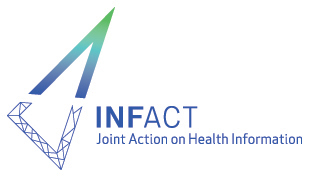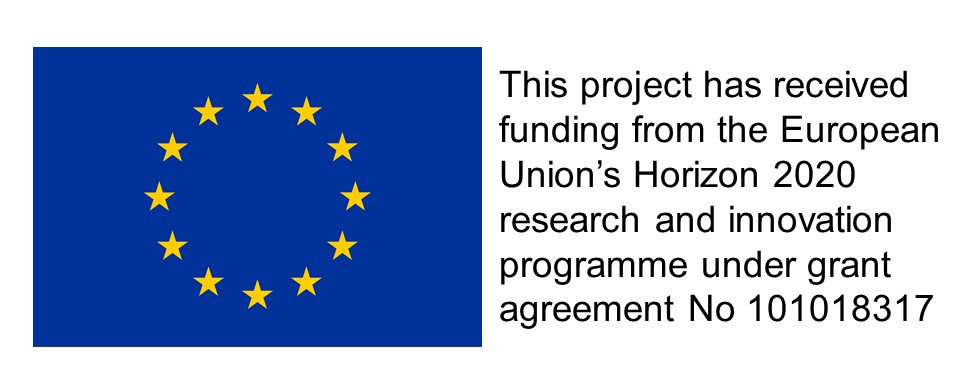Data Discovery in the European Health Data Space: the HealthDCAT-AP
What is the HealthDCAT-AP?
Within the European Health Data Space, the secondary use of health data (for research, policy making, innovation...) will be enhanced, with the aim to make health data and health information more Findable, Accessible, Interoperable and Reusable (FAIR). Researchers, for instance, will have access to larger amounts of high-quality, representative data, in a more efficient and less expensive way, through data access bodies in the EU countries, that guarantee the privacy of the citizens and patients.
In order to support the interoperability of health data (for secondary use) in the EHDS, a new standard has been developed: HealthDCAT-AP. It aims to establish standardised description of datasets for all health catalogues. Such metadata standard will improve the interoperability and findability of datasets for data users, across the "HealthData@EU" infrastructure, comprising Health Data Access Bodies in European countries, relevant authorised participants, and the EU Datasets Catalogue.
HealthDCAT-AP standard will also support health data holders in fullfilling the requirements of the new EHDS Regulation (see Article 60).
The HealthDCAT-AP Metadata model is designed to be the foundation of effective health data sharing across and beyond the EHDS. By structuring dataset descriptions in a standardised and interoperable way, DCAT-AP (and its growing family of DCAT Application Profiles such as HealthDCAT-AP) will enable seamless exchange of dataset descriptions across the common EU data spaces.
Tools & documentation to fulfill the data description duties
To help researchers, policymakers, data holders, and technical experts navigate metadata specifications the HealthDCAT-AP Literacy digital platform serves as a comprehensive resource for the community (brought to you by the European Health Information Portal)
- HealthDCAT-AP Documentation & EHDS Regulation explained
- Tools & resources to assist you in fulfilling the data description duties
Documentation
This specification details how HealthDCAT-AP extends DCAT-AP to support metadata interoperability within the European Health Data Space (EHDS). It provides clear guidance on metadata elements, relationships, and best practices for dataset cataloguing. The specification follows an open, community-driven development process and is available for feedback and continuous refinement.
The HealthDCAT-AP Literacy digital platform also provides information on the full legal framework that mandates interoperability and secure access to health data. Using the 'search' function, you can also use a a GenAI Assitant enabling you to ask questions and receive insights on EHDS requirements and metadata best practices!
The HealthDCAT-AP editor
The European Health Information Portal offers the possibility to create a HealthDCAT-AP compliant record of their dataset, in RDF formats, through its HealthDCAT-AP editor. The HealthDCAT-AP editor aims to helps users to create DCAT RDF metadata to describe their datasets.The European Health Information Portal provides a sandbox for hosting the metadata records you create using the editor. To publish your metadata records in our sandbox, making them publicly accessible and shareable, you can request credentials by contacting EHDS2@sciensano.be.
Main features of the editor:
- Intuitive interface that auto-generates complex RDF files; no technical knowledge required.
- Supports metadata creation for sensitive data (EHDS regulation), protected data (Data Governance Act), and open data (High-Value Datasets regulation).
- Easily identifies mandatory, recommended, and optional fields.
- Supports DCAT multilingual tagging, allowing input in multiple languages (e.g., English, French).
- Tracks progress, showing completed and missing sections; fields can be edited at any time.
- Validates metadata records to ensure compliance and highlights missing fields
The HealthDCAT-AP validator
If you have created HealthDCAT-AP RDF metadata outside the editor, you can still ensure conformance with the HealthDCAT-AP specification by using our integrated SHACL validator. This tool, developed by the European Commission in the context of the Interoperability Test Bed (ITB), has been specifically customised to check the compliance of HealthDCAT-AP metadata records against the relevant SHACL constraints.
By uploading your RDF metadata, the validator will automatically verify that your records meet all mandatory requirements of the HealthDCAT-AP profile.
In addition to the web interface, an API is also available for automated validation and integration into your own workflows or external platforms. For more information about the API, see the ITB RDF Validation Guide.
This ensures that all HealthDCAT-AP metadata records—whether created in the editor or elsewhere—are interoperable, compliant, and ready for publication and sharing in accordance with European standards.
The health data category (Article 51) tool
The EHDS Regulation states in Article 51 states the minimum categories of electronic health data that should be made available for secondary use. Use the EHDS data caregories-tool to identify the category corresponding to your health dataset by providing its title and description:





